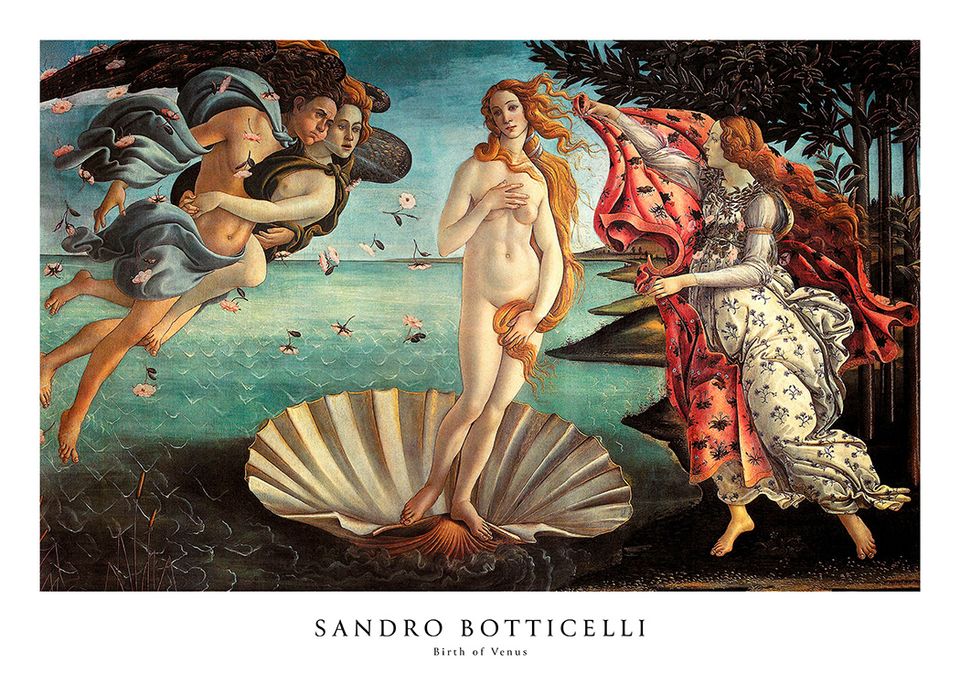The Birth of Venus: The History Behind the Painting

The Birth of Venus is one of the most iconic works of art in the world, and it was created by Italian painter Sandro Botticelli in the 15th century. The painting depicts the goddess Venus arriving on the shore from sea foam and being sheltered by Zephyr, the west wind. It has been revered for centuries as an example of the beauty of Renaissance art, and has inspired countless interpretations over time.

The painting is thought to have been commissioned by Lorenzo di Pierfrancesco de' Medici for his villa in Castello in 1483 or 1486. It shows Venus emerging from the sea after her birth, with two cherubs holding a flowery cloak and a narcissus flower in the background. The painting is somewhat allegorical, with Venus representing love and beauty, Zephyr symbolizing the winds of change, and the flowers being symbols of fertility.

To understand the significance of the painting, it is imperative to know who Venus is.According to mythological poems from poets like Hesiod and Poliziano, Venus is the Roman Goddess of love, sex, beauty and prosperity.
The word ‘Venus’ in Latin means love. In Greek mythology, she is known as Aphrodite.
Venus was born from the foam of the sea after her father Uranus was overthrown by his son Saturn. Saturn threw Uranus’s genitals into the sea, and thus Venus was born full-grown.

Botticelli has depicted the full-grown Venus and to signify her birth, her skin is smooth and milky in color with no blemishes or spots. The hairstyle used in the painting is inspired by the hairstyles of the time Botticelli lived in.
The Birth of Venus has been interpreted in many different ways over time. Some see it as a celebration of love and fertility, while others interpret it as a representation of the human soul's struggle to reach perfection. Scholars have also seen the painting as an allegory for Renaissance values, such as the pursuit of beauty and knowledge.

The Birth of Venus is widely considered one of Botticelli's most famous paintings, along with his Primavera. It has inspired countless works of art, including the similarly themed work The Birth of Athena by Titian. It is also referenced in popular culture, such as being featured on a poster for a 1985 horror film and appearing as the centerpiece of an episode of the television show Lost.
The Birth of Venus continues to be one of the most beloved works of Renaissance.

D'Artisan Shoppe 12 Miniature Detail Brush Set
Fine tipped miniature brushes allows you to do fine detail painting precisely to reach tight, small spots and tiny points

